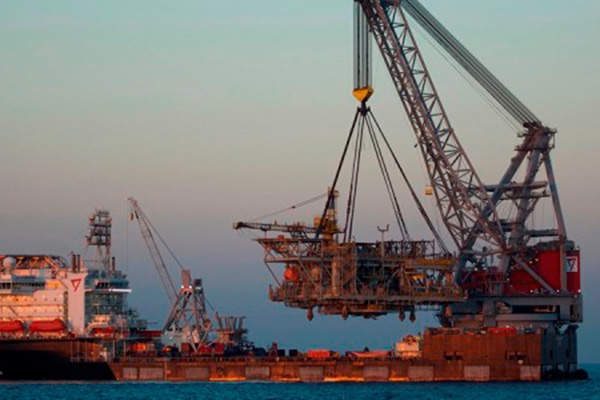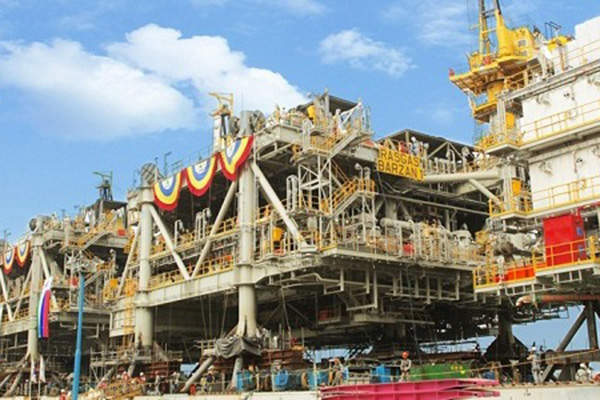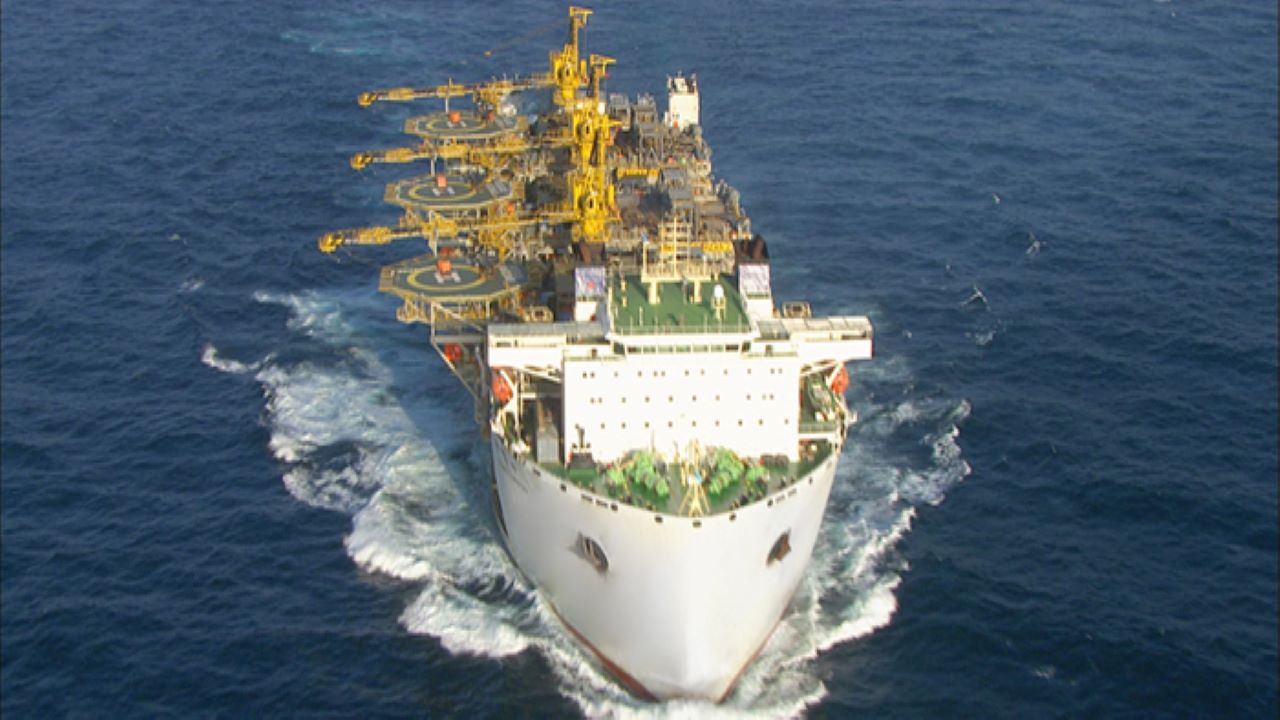Barzan Gas Project is a vital project expected to sustain and fuel the ongoing and future major infrastructural projects in Qatar. The $10.3bn project involves both offshore and onshore developments and is being implemented by RasGas, a joint venture (JV) of Qatar Gas and ExxonMobil.
Qatar Gas and ExxonMobil signed a memorandum of understanding to participate in the project in February 2007 and completed the environmental, socio-economic and health impact assessment (ESHIA) for the project in 2009. A joint venture agreement (JVA) and development and fiscal agreement (DFA) were signed between them in January 2011.
The project will extract gas from Qatar’s North Field, the world’s biggest non-associated gas field, which was discovered in 1971 and is estimated to hold recoverable reserves of 900 trillion cubic feet, constituting roughly 10% of the world’s known gas reserves.
The project’s offshore development area is located approximately 80km off the coast of Ras Laffan Industrial City in the Persian Gulf. It is being developed in three phases. The first phase has a production capacity of 1.7 billion cubic feet of gas per day (bcf/d), while phase two has two bcf/d and phase three is designed to produce 2.5bcf/d.
The onshore facilities are being constructed in two phases.
The two processing trains are estimated to produce approximately 1.4 billion standard cubic feet of sales gas per day (Bscfd), which will increase RasGas’ overall production capacity to 11Bscfd and make it one of the world’s biggest single gas processors.
The project will support the Qatar National Vision 2030, which involves the overall industrial development in Qatar.
Barzan offshore gas field development details
The offshore element of the gas project involves the installation of three wellhead platforms (WHPs), a living quarters platform, 300km of subsea pipelines and 100km of subsea cables to convey gas to a new gas processing plant at Ras Laffan Industrial City, as well as the drilling of 30 wells.
The drilling of the 30 development wells was completed in August 2013. The operations were performed to a depth of more than 3,000m below the sea’s surface, employing three jack-up drilling rigs and the pressurised mud cap drilling technique.
The installation of the topside modules for the four platforms was completed in November 2013. The topside modules of the three WHPs weigh 3,000t each, whereas the topside module of the living platform weighs 450t.
A coral relocation activity was completed earlier, in April 2012. It involved the installation of 500t of limestone boulders to an area where currents and temperature were favourable for coral survival, after which more than 1,600 coral colonies along the project’s pipeline route were transferred to the new area. They were attached to the boulders using a special cement mixture.
The installation of the subsea pipelines followed the coral relocation and is still underway.
All the facilities are designed for a service life of 30 years.
Contractors involved with the Barzan gas project
The $900m engineering, procurement and construction (EPC) contract for the offshore components of the gas project was awarded to Hyundai Heavy Industries (HHI) in January 2011. Kentz has been contracted to perform the pre-commissioning and commissioning works for the offshore scope of the project.
The front-end engineering and design (FEED) services were rendered by J Ray McDermott, who also provided engineering services for the detailed design of the wellhead jackets, temporary work decks and subsea templates.
Seaway Heavy Lifting was contracted to install the topside modules on the jackets of the platforms, employing its Oleg Strashnov heavy lift crane vessel to do so.
The precast concrete mattress for the pipelines was manufactured by ULO Systems. Two offshore structural steel piles weighing 700t, including upper and bottom pile guides weighing 100t, were fabricated by N-KOM.
Under a contract worth $22m, Prysmian Group supplied more than 80km of ethylene propylene rubber (EPR) insulated submarine cables, for the distribution of energy to the platforms, including 28km of optical telecommunications cable and network components.
Corrosion protection and concrete weight coating works for the subsea pipelines were carried out by Bredero Shaw, a subsidiary of ShawCor, under a contract worth $45m. The coral relocation works for the project were performed by Continental Shelf Associates (CSA).
Saipem was contracted to perform engineering, procurement, construction and installation (EPCI) works for two export and interconnection pipelines.
Financing for the Barzan gas project
Up to 70% of the financing for the project was met through a syndicated loan from banks and export credit agencies while the remaining 30% was through equity. Financial closure for the project was achieved in December 2011. It included a $3.34bn commercial bank facility, $2.55bn export credit agency (ECA) financing and $850m Islamic facility, making it the biggest financing deal in that year.
The ECA financing was arranged by banks and guarantees from Japan, Korea and Italy. Allen & Overy acted as counsel to the ECAs, whereas Skadden, Arps, Meagher & Florm and Slate acted as the counsel for the commercial banks. The Royal Bank of Scotland was the financial advisor and White & Case was the legal advisor to the sponsors.







